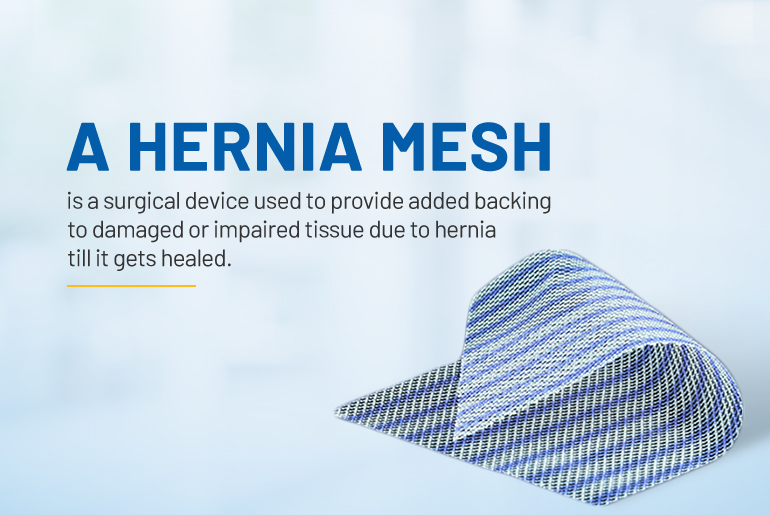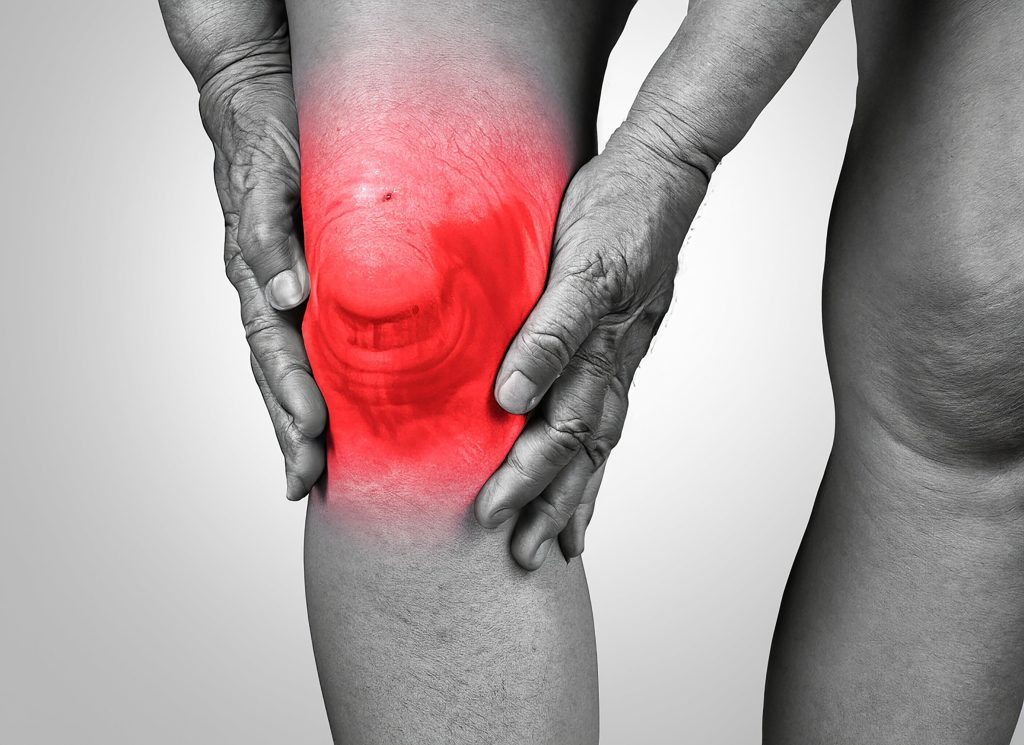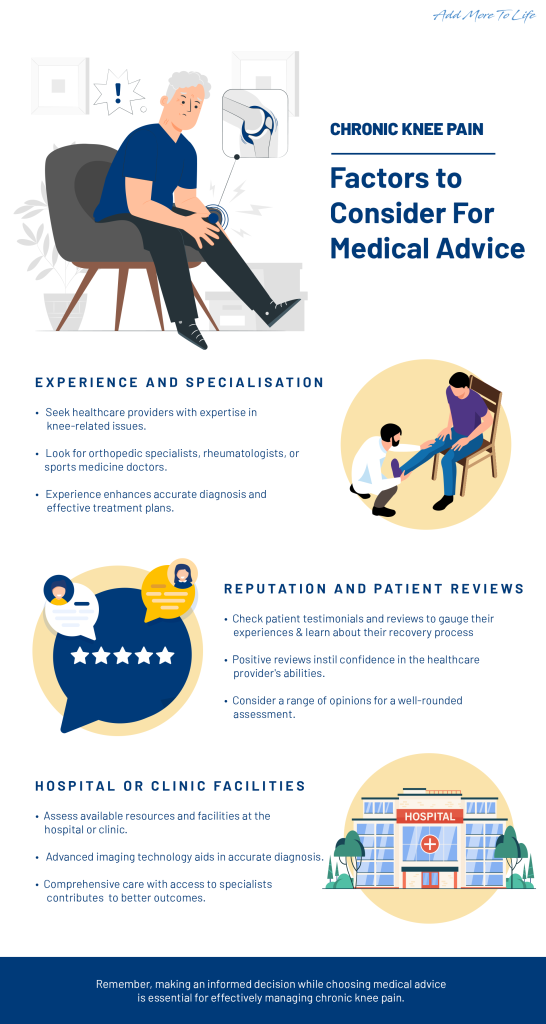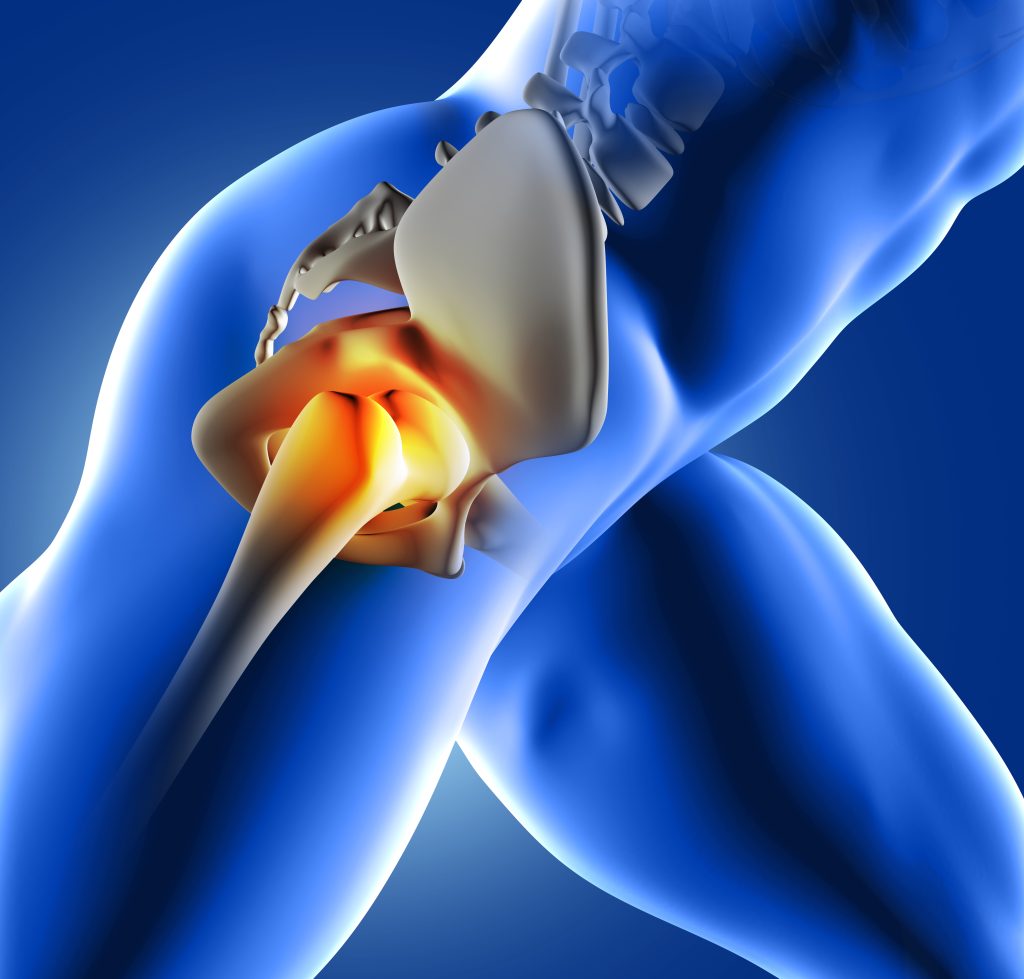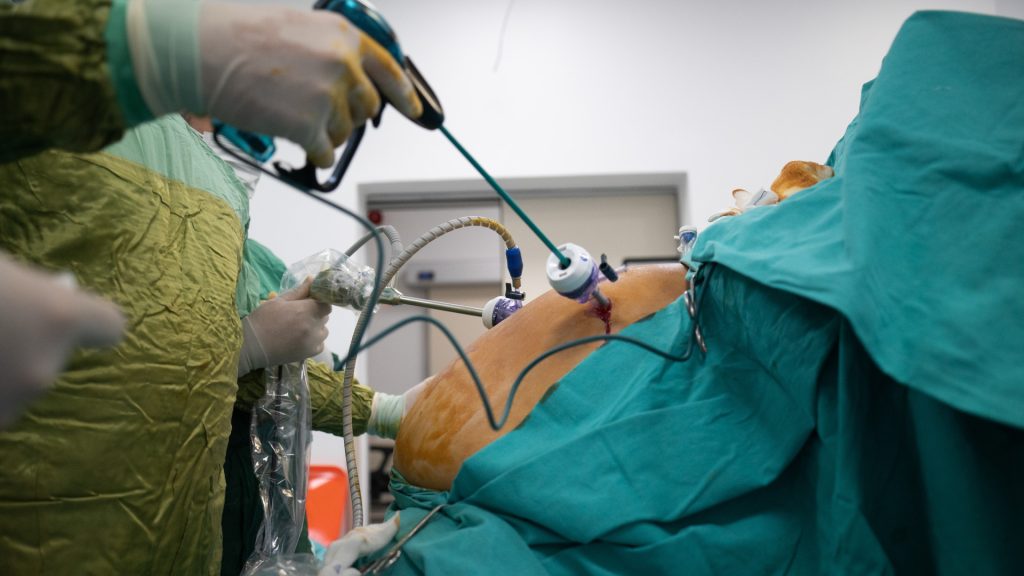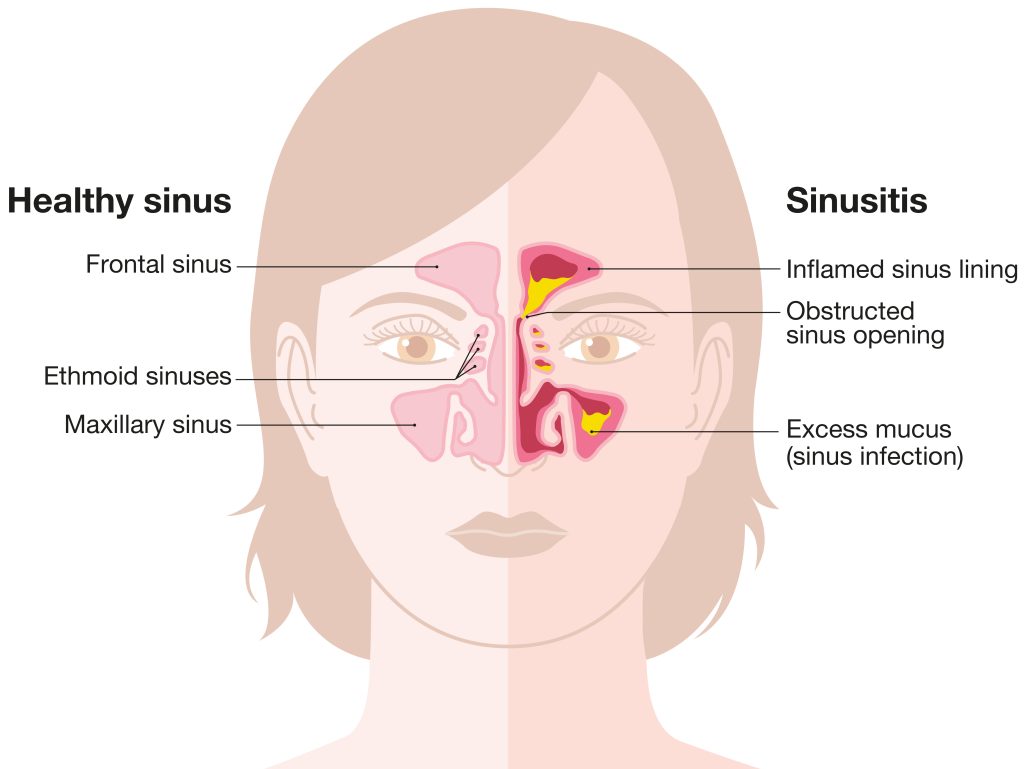Hernias are a common medical condition affecting millions of individuals worldwide, including a substantial number in India. In a world driven by cutting-edge advancements, hernia mesh emerges as a true beacon of progress in hernia treatment. It’s more than just another medical device; it’s a transformative solution that has strengthened the fight against hernias, offering enhanced outcomes and newfound relief to patients in need.
Embark with us as we explore the significance of hernia mesh, understand its significance, the factors influencing its selection, and the benefits it brings to hernia repair surgeries.
What is Hernia Mesh?
It is a medical device used in hernia repair surgeries to support and reinforce the weakened abdominal wall. Usually made of synthetic materials, such as polypropylene or bioabsorbable substances, mesh implants are available in various sizes and shapes. The primary objective of hernia mesh is to close the defect or weakened area effectively, reducing the chances of hernia recurrence and postoperative complications.
Factors Influencing Mesh Selection
Hernia Type and Location: One of the crucial factors that influence mesh selection is the type and location of the hernia. There are various types of hernias, including inguinal, ventral, umbilical, and incisional hernias, each requiring a different approach. Mesh selection must be tailored to the specific type and location of the hernia to ensure optimal results.
Patient’s Medical History: A patient’s medical history can help determine certain medical conditions, and previous surgeries may impact the choice of mesh material or affect the surgical approach. It is essential for the healthcare provider to thoroughly assess the patient’s medical history to make informed decisions regarding mesh selection.
Mesh Size and Shape Considerations: The size and shape of the hernia mesh are critical factors in providing adequate coverage and support to the hernia site. Surgeons must carefully evaluate the dimensions of the hernia defect to choose a mesh that fits precisely and promotes proper healing.
Impact of Surgical Approach on Mesh Selection: The surgical approach employed for hernia repair, whether laparoscopic or open surgery, also influences mesh selection. Laparoscopic procedures often require specially designed meshes that can be inserted through small incisions and positioned accurately. On the other hand, open surgeries may allow for more extensive mesh options.
Benefits of Mesh in Hernia Repair
Strengthening of the Abdominal Wall: One of the primary benefits of using hernia mesh in repair surgeries is its ability to strengthen the abdominal wall. By providing additional support to the weakened area, the mesh helps prevent organ or tissue protrusion, reducing the chances of recurrence.
Reducing the Risk of Hernia Recurrence: Hernia recurrence is a significant concern for both patients and healthcare providers. The use of mesh in hernia repair has displayed promising results in reducing the risk of recurrence, contributing to more successful long-term outcomes.
Minimising Postoperative Pain and Complications: Mesh repair has resulted in decreased postoperative pain compared to traditional non-mesh repairs. Additionally, the reduced tension on the sutured tissues and the added support provided by the mesh can potentially lower the risk of complications.
Faster Recovery: The use of hernia mesh in repair surgeries has been linked to faster recovery times. As the mesh reinforces the abdominal wall, patients may experience quicker healing, allowing them to resume their daily activities sooner than with traditional repair methods.
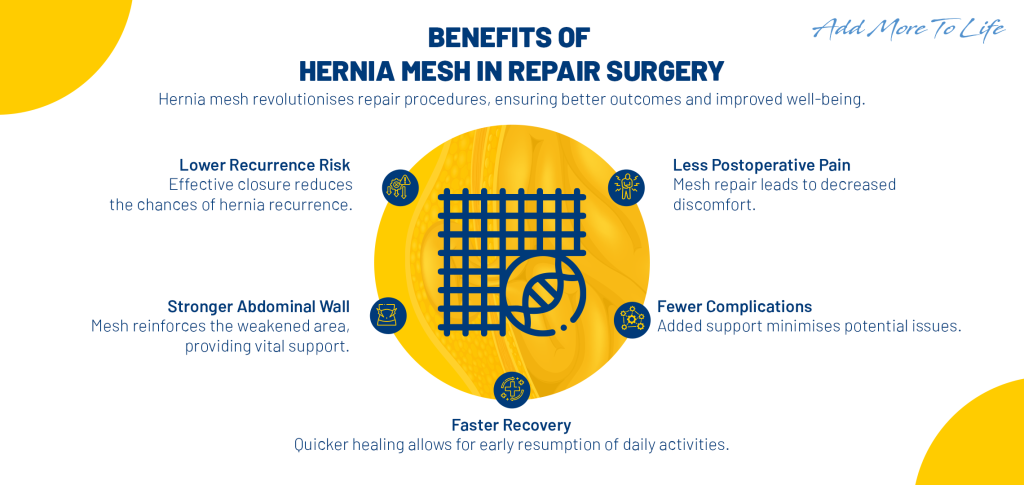


Wrapping It Up
Hernia mesh has undoubtedly transformed the landscape of hernia repair surgeries, providing patients with enhanced outcomes and reducing the risk of complications. However, it is vital to remember that not all hernias require mesh, and skilled healthcare professionals must carefully evaluate each case.
FAQs
Q: What is hernia mesh, and how does it contribute to hernia repair?
A: Hernia mesh is a medical device made of synthetic or animal-derived materials used in hernia repair surgeries. Its primary purpose is to provide additional support and reinforcement to the weakened abdominal wall, effectively closing the hernia defect. By doing so, hernia mesh helps strengthen the area and reduces the risk of hernia recurrence.
Q: How does the type and location of the hernia influence the choice of mesh?
A: The type and location of the hernia are crucial factors that impact mesh selection. Different hernia types, such as inguinal, ventral, umbilical, and incisional hernias, may require specific approaches. The mesh chosen must be tailored to fit the unique characteristics of the hernia, ensuring optimal results.
Q: How does hernia mesh contribute to a faster recovery and return to daily activities?
A: Hernia mesh repair has been associated with faster recovery times compared to traditional non-mesh repairs. By providing additional support to the weakened area, the mesh promotes quicker healing, reducing the time needed for patients to resume their daily activities.
Q: Does every hernia repair require the use of mesh?
A: While hernia mesh has shown numerous benefits in hernia repair surgeries, not all hernias require mesh. The decision to use hernia mesh should be based on careful evaluation by skilled healthcare professionals. Factors such as the type of hernia, the patient’s medical history, and the surgical approach will determine whether hernia mesh is necessary for optimal outcomes.
Reference links:
https://www.fda.gov/medical-devices/implants-and-prosthetics/surgical-mesh-used-hernia-repair
https://www.sciencedirect.com/science/article/pii/S2666138120300025
https://surgery.wustl.edu/the-truth-about-hernia-mesh/
https://www.nghs.com/2020/11/19/importance-of-using-mesh-in-hernia-repair-surgery

